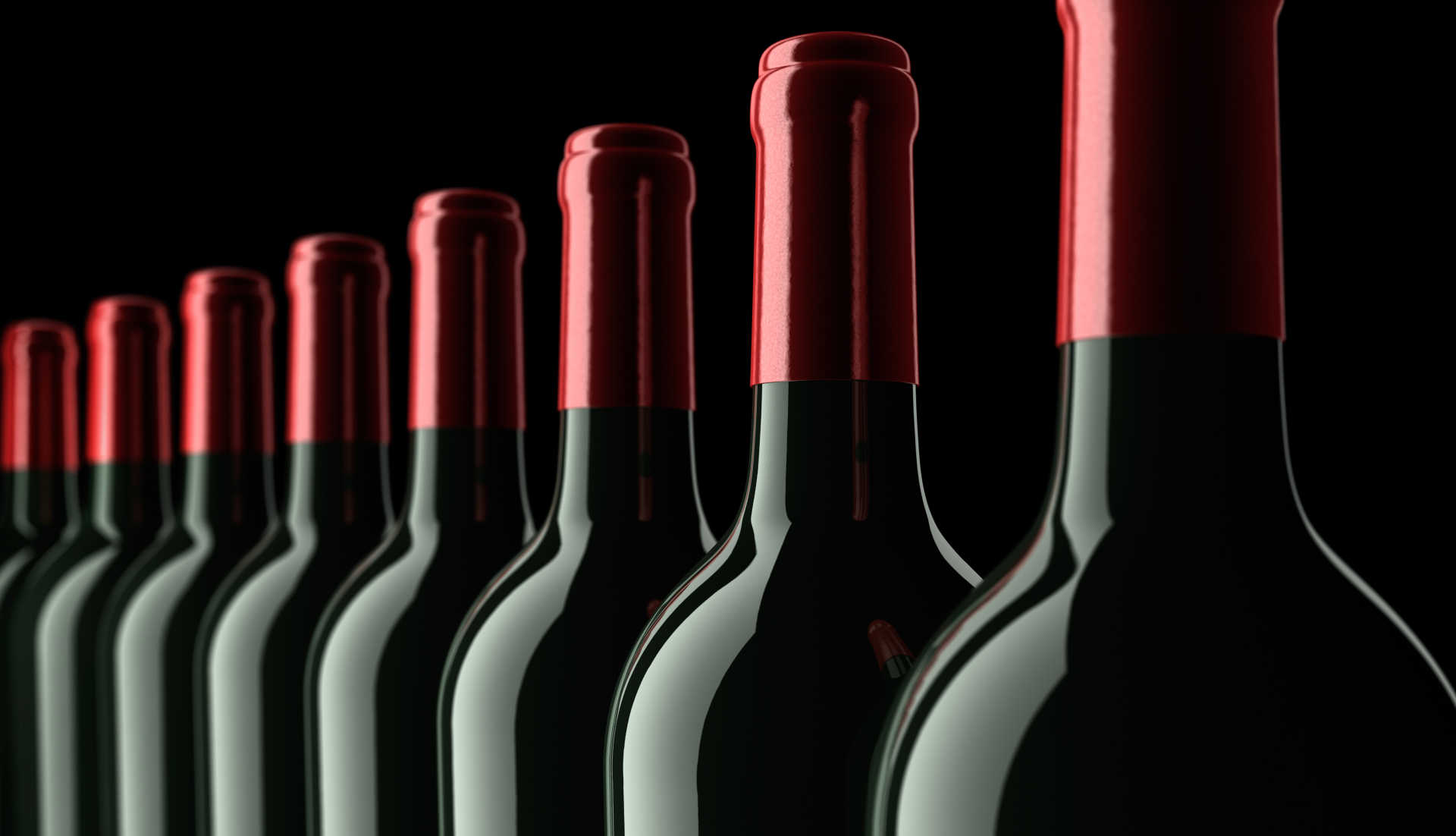Shawn Zylberberg
How do you decide where to eat? How about what movie to see? Or where to drink? For many, it comes down to a number, whether it’s from Google reviews, Rotten Tomatoes, or an influential wine magazine. At least in the wine industry, numerical ratings have played a big role in consumer and trade behavior since the late ‘70s, and it started with one man.
In 1978, esteemed wine critic Robert Parker Jr. launched The Wine Advocate, a Maryland-based newsletter that provides consumers with detailed tasting reviews and numerical ratings from producers all over the world. Many publications followed suit, including Wine Spectator, Decanter, Vinous, Wine Enthusiast, and more.
What does the 100-point scale mean?
The Wine Advocate breaks it down as follows:
96 to 100: An extraordinary wine of profound and complex character displaying all the attributes expected of a classic wine of its variety. Wines of this caliber are worth a special effort to find, purchase and consume.
90 to 95: An outstanding wine of exceptional complexity and character. In short, these are terrific wines.
80 to 89: A barely above average to very good wine displaying various degrees of finesse and flavor as well as character with no noticeable flaws.
70 to 79: An average wine with little distinction except that it is soundly made. In essence, a straightforward, innocuous wine.
60 to 69: A below average wine containing noticeable deficiencies, such as excessive acidity and/or tannin, an absence of flavor or possibly dirty aromas or flavors.
50 to 59: A wine deemed to be unacceptable.
Wine Spectator scores its wines on a similar basis, opting for the word “classic” to describe wines in the 95 to 100 range. Perhaps no one understands the power of scores more than critics themselves, and giving a wine 100 points continues to be a careful decision that has lasting impacts for any winery, despite more and more being handed out than ever before.
According to George Petersen, South Florida Sales Manager at U.S. importer Vine Connections, high scores are a very big deal for his team. “Commercially speaking, a high score is the best thing that can happen because out of nowhere it’s the wine everyone sees and buys just because it has that rating,” Petersen said. “Those 100 points also help us show other wines in the winery’s portfolio to retailers and restaurants. Consumers trust blindly in the score and its reputation.” In other words, it makes selling a bit easier.
In a recent interview on XChateau Wine Podcast, Quintessa’s Export Director Diego Garay talked about how wine ratings help open doors for international distribution on La Place de Bordeaux, the world’s premier fine wine network. “You need to have a certain pedigree, including high scores,” he explained. “You must be known by international consumers because you will need to build demand for négociants (La Place salespeople). Négociants are not brand builders.”
Just like an excellent theater review, a perfect wine score will see sales escalate, but more importantly, it helps lift wine regions to a new level on the global stage. In 2018, The Wine Advocate critic Luis Gutiérrez gave El Enemigo ‘Gran Enemigo’ Gualtallary Cabernet Franc 2013 and Catena Zapata Adrianna Vineyard River Stones Malbec 2016 a perfect 100 point score, a first for Argentina. In recent days, Viñedo Chadwick became the first Chilean winery to receive 100 points from the Advocate for their Puente Alto Cabernet Sauvignon, a huge milestone for the neighboring South American country. Whether it’s an importer in North Carolina or Shenzhen, the world has taken more notice that Argentina and Chile have incredible potential for classic wines.
Some see scores as obsolete, or blame score inflation as a major issue that is misleading consumers. But as more and more professional critics branch out with their own mediums, such as Lisa Perrotti-Brown (former head of The Wine Advocate) of The Wine Independent or Jeb Dunnuck of JebDunnuck.com or Tim Atkin of TimAtkin.com, consumers seem to have many palates to align with for accurate scores.
For Wine Spectator critic James Molesworth, it’s tough to buy that a perfect wine exists. The Bordeaux and Napa Valley taster has never given 100 points during his 20+ years at the magazine. “The concept that something that takes so much of human hand in it, inherently is not perfect and once you do give [wine] 100 points, you’re locked and you’re saying that that wine is the ‘ultimate’ and everything gets judged against it,” Molesworth said in an episode of The Booze Hustle podcast last year. “You look back at those 100 point wines five, 10, and 15 years down the road and think ‘woah’ … not happening.” He adds that giving 100 points is more of an emotional reaction at the time. Molesworth doesn’t shut down the possibility that he’ll give 100 points one day, but his hesitancy to give a perfect score has built up enough worth over the decades that when he does, it’ll hold much more weight than most other critics.
Decades after Parker invented the 100-point scale, there is no denying its importance in every aspect of the wine business today, from sales to distribution to consumer purchasing. There’s too much wine out there, and scoring “permits rapid communication of information to expert and novice alike,” according to Parker, which is why scores may be even more important today in our increasingly fast world. But surprisingly, the score was never the most important part of the formula for him.
“Scores do not reveal the important facts about a wine” Parker writes in issue 146 of The Wine Advocate. “The written commentary that accompanies the ratings is a better source of information regarding the wine’s style and personality, its relative quality vis a vis its peers, and its value and aging potential than any score could ever indicate.”


